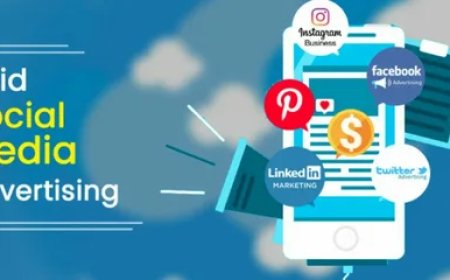Core Web Vitals: The Unspoken Partner in Your Reputation Strategy

Ever clicked on a website, waited a few seconds… then decided it wasn’t worth the bother? We’ve all been there. You might not even remember the business name, but you remember the frustration. Now, imagine that’s happening to your potential customers right now. That’s where Core web vital in SEO come into the picture — not just as a bunch of tech metrics, but as silent dealmakers (or dealbreakers) for your brand’s trust.
Core Web Vitals: More Than Geeky Numbers
Let’s break them down without the jargon overload:
-
Largest Contentful Paint (LCP) – measures how fast the main content (often your hero image or headline) appears. Slow LCP is like keeping a customer waiting at a locked shop door.
-
First Input Delay (FID) – gauges how quickly your site reacts when someone clicks or taps. Think of it as how fast your shop assistant responds when someone asks a question.
-
Cumulative Layout Shift (CLS) – tracks whether things jump around the page as it loads. Ever tried to click a button, only to have it shift and make you hit something else? Annoying.
These aren’t just nerdy numbers. They’re directly tied to how visitors feel about your business before they even read a single sentence.
Why Trust Starts Before Content
Here’s the thing: a polished logo, a clever tagline, or even a five-star product can’t fix the bad first impression a clunky site creates. First impressions online happen in milliseconds. A fast, stable, responsive site says: We care. We’re professional. We value your time. A slow, unstable one whispers the opposite.
In Australia’s competitive market, where local loyalty is strong but options are plenty, people are quick to jump ship. Your site isn’t just a marketing channel — it’s your silent handshake with every new visitor.
Real-World Case: Brisbane’s Travel Agency Turnaround
Take the case of a boutique travel agency in Brisbane. They had rave Google reviews, gorgeous photos of destinations, and friendly staff. But inquiries were dwindling. On digging deeper, they found their LCP on mobile was a sluggish 5.1 seconds. That’s basically asking someone to stand awkwardly in your lobby while you fumble with the lights.
After compressing images, setting up proper caching, and upgrading their hosting plan, they got LCP down to 2.4 seconds. The difference? Bounce rates dropped by 27%, and inquiries rose 22% in just two months. People didn’t just stay longer — they stayed long enough to book.
The ORM Connection
Here’s where it ties into Online Reputation Management in Australia. Reputation isn’t only built through reviews — it’s shaped by every interaction, including how your site behaves. A clunky checkout, a slow-loading booking page, or a page that jumps around can lead to bad experiences… which often become bad reviews.
Worse still, those negative comments stick around online for years. “Website was frustrating” might seem like a small complaint, but it plants doubt in potential customers who see it later.
How Technical SEO Shapes Perception
When people land on your site, they’re subconsciously ticking boxes:
-
Speed – “Is this business efficient?”
-
Responsiveness – “Do they pay attention to detail?”
-
Stability – “Can I trust them not to mess up my order?”
Strong Core Web Vitals make those mental checkmarks positive before they’ve even seen your testimonials.
Action Steps for Aussie Businesses
If you’re serious about making your site a trust-building asset, here’s where to start:
-
Test monthly using Google PageSpeed Insights or Lighthouse. Don’t wait until customers complain.
-
Prioritise mobile performance. Over 60% of searches in Australia now happen on mobile devices, and a mobile user’s patience is even shorter.
-
Stabilise design elements. Make sure your buttons and forms stay put as the page loads.
-
Use a CDN (Content Delivery Network) to serve content faster nationwide, especially if you’re targeting both urban and rural customers.
-
Optimise media by compressing images and using modern formats like WebP.
A Hypothetical Walkthrough
Picture this: You run a cafe in Sydney with a new online ordering feature. A customer tries it on their phone during a busy lunch break. Your hero image takes too long to load (LCP issue). They click “Order Now,” but nothing happens for a second or two (FID issue). Just as they’re about to tap a menu item, the page jumps (CLS issue), making them accidentally click something else. They give up, and instead of a coffee order, you get a one-star review.
That’s how technical SEO problems become ORM problems overnight.
Final Word
Your website isn’t just a digital brochure. It’s the first test of your professionalism, reliability, and respect for your customer’s time. Nail your Core Web Vitals, and you’re sending the message: “We care about your experience.” Miss the mark, and you may never get the chance to prove otherwise.
In the end, Core Web Vitals are not just about pleasing Google. They’re about pleasing people — and in a marketplace as discerning as Australia’s, that’s the only way to build trust that lasts.
What's Your Reaction?



















































